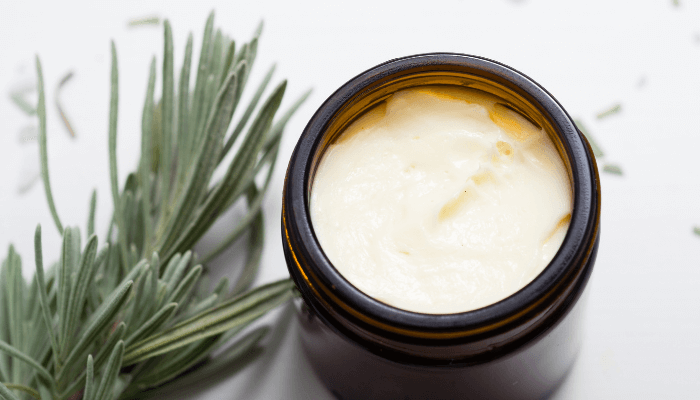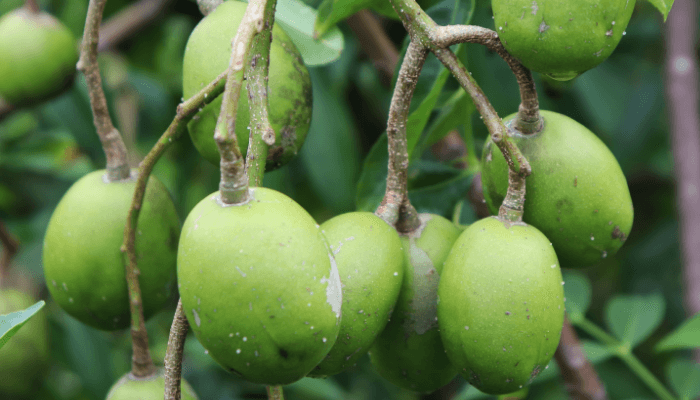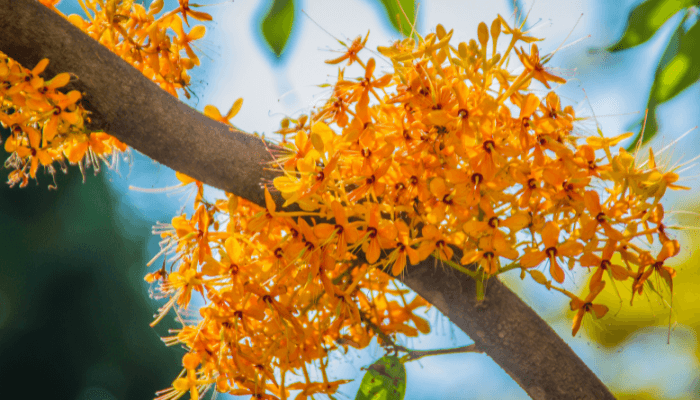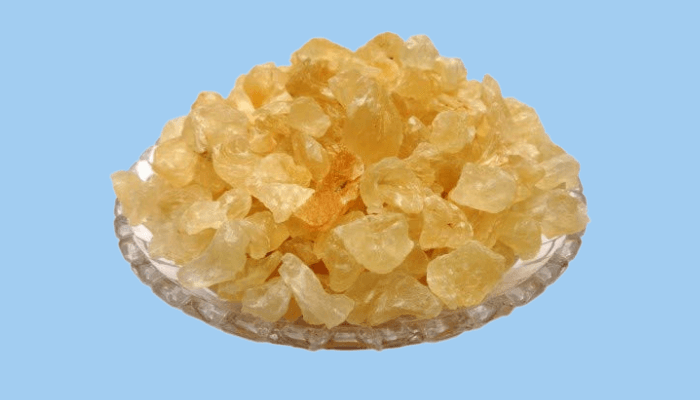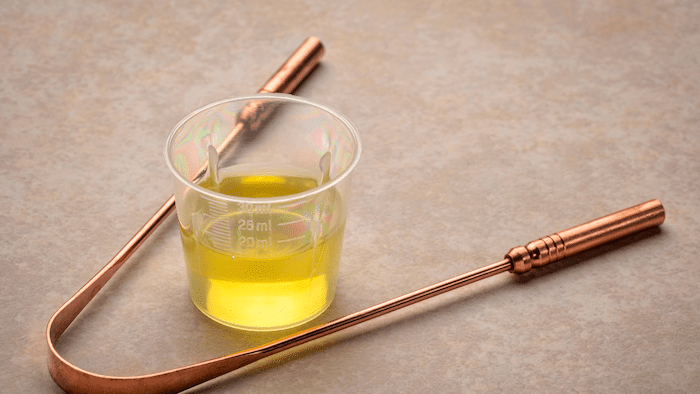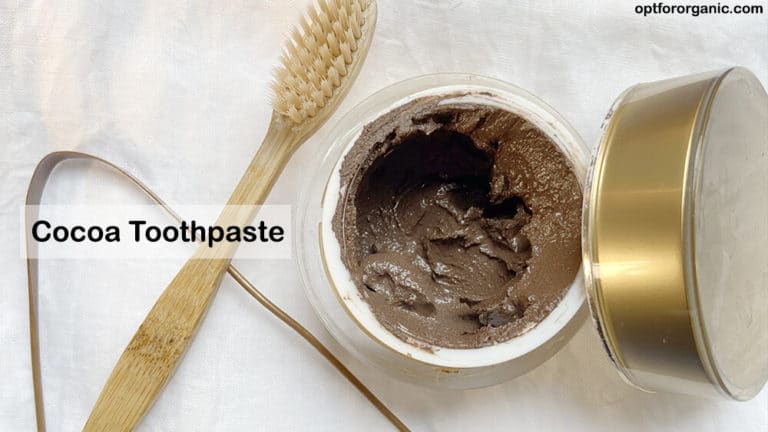What is Khus Root Powder?
Native to India is a plant full of miraculous healing properties, known as Khus Root or Vetiver.
A holy grail for good health, skincare, and hair care, khus root powder can help transform people’s lives for the better. Considering the wondrous herb khus root is, it would be an absolute waste of its substantial usefulness to not utilise it for the better.
Hence, to extract optimum utilisation out of this medicinal plant, getting acquainted with the details of its origin, species, description, cultivation and numerous benefits. So, let’s get started, shall we?
Scientific Classification
Chrysopogon zizanioides, commonly known as Vetiver or Khus, is a perennial herb belonging to the plant family of Poaceae. Here’s a comprehensive scientific categorisation of khus root to provide an extensive understanding.
Kingdom – Plantae
Clade – Tracheophytes
Clade – Angiosperms
Clade – Monocots
Clade – Commelinids
Order – Poales
Family – Poaceae
Subfamily – Panicoideae
Genus – Chrysopogon
Species – C.zizanioides
Binomial Name – Chrysopogon zizaniodes
Although closely related to the Sorghum plant family, the Khus Root plant’s morphological features are similar to citronella, lemongrass and palmarosa.
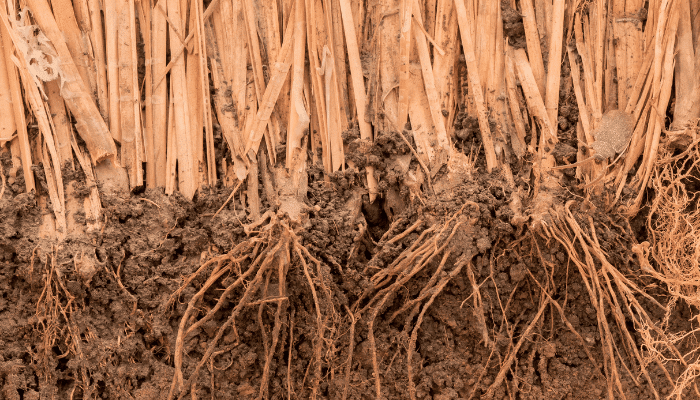
Etymology and Popular Names
The other most popular term for khus root has been derived from the Tamil term “Vetiver”, which refers to “the root that is dug up”. Since it originates and is grown mostly in India, it is addressed by unique names in different parts of India. Here are a few popular yet diverse terms used for Khus Root in different regions around India:
In Tamil- Vettiver, Vattiver, Ilamichamver
In Hindi- Khas, Bena, Bala, Khas Khas, Khus Khus, Ganrar, Onei, Panni
In Kannada- Hallu, Kaadu, Kaddu, Karidappasajje Hallu, Laamancha, Lavancha, Vattiveeru
In Malayalam- Ramaccham, Ramachehamver, Vettiveru
In Marathi- Vala Khas Khas, Vala
In Punjabi- Panni
In Bangla – Khas, Khas Khas, Khus, Khus Khus, Venarramula
In Assamese- Usir, Birina
In Telugu –Ayurugaddiveru, Kuruveeru, Lamajja Kamuveru, Vidavaliveru
In Urdu – Khas
In Sanskrit – Ushira, Abhaya, Amrinata, Bala, Lamaja, Lamajjaka, Reshira, Sugandhimulu, Virana
History of Khus
Khus root and its benefits have been used as traditional remedies for quite some time now. However, they were first utilised for business purposes in India itself. It all started during the reign of Emperor Harshavardhan of Kannauj. As a result, India became the biggest centre for aromatic trade. It was then that khus root or vetiver tax was introduced.
Description
A densely tufted grass, khus root plants grow up to 150 centimetres, equating to 5 feet and form culms and their development. In favourable climates, those culms grow as high as 3 metres. The stem of the khus root plants are tall, and the leaves are long, thin and rigid. The khus root flowers are brownish-purple in colour.
Unlike other forms of grasses, the khus root or Vetiver roots don’t grow horizontally but vertically downwards up to 7 to 4 metres deep. Furthermore, its stiff and erect plant stems possess the capability to survive deep water flow.
Cultivation
Khus root plants are often sighted growing in abundance in rich marshy soil found in the plains and the lower hills, especially riverbanks. In India, khus root is cultivated in Rajasthan, Andhra Pradesh, Kerala, Karnataka, Tamil Nadu, Uttar Pradesh and Madhya Pradesh. Furthermore, it is also seen growing wild throughout Punjab and Assam. Besides its origin, India, khus root is cultivated internationally, mostly in the tropical regions like Indonesia, Haiti and Réunion.
Chemical Composition
What makes khus root powder a significant, high-in-demand product are the healing elements it is packed with. The vital chemical components of khus root plants are Vetiverol, Vetivone, Khusimone, Khusimol, Vetivene, Khositone, Terpenes Benzoic acid, Vetivenyl Vetivenate, Vetivazulene, Epizizianal, Iso-khusimol and ß-vetivone.
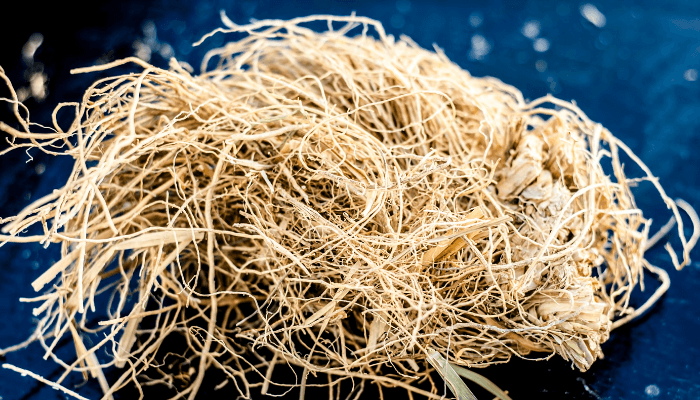
Khus Root Powder Utilisation
At this point of the discussion, everyone has more or less acquired a precise understanding of the khus root plant and other related vital information. However, considering that this discussion mostly implies its utilisation in various treatments, it is only fair to highlight the benefits of khus root powder. Therefore, mentioned here are a few of its multiple utilisations:
Khus Root Powder is put on the scalp to kill lice and prevent dandruff. It is also used on the skin as an insect-resistant and mosquito repellent.
Khus Root Powder also serves beneficial in easing stress and mental disorders like anxiety, which is a concerning issue with today’s generation.
The solution is for diverse ailments like joint pain, insomnia, and muscle pain—2gms of khus root powder mixed with honey twice a day after meals.
Among tribal women, it is a remedy for irregular periods. Some also use it to end unwanted pregnancies.
From burns, boils, mouth ulcers, insect bites, fever, and headaches, khus root powder paste can heal them.
Khus root, which is packed with anti-bacterial properties, is an impactful remedy to cure tuberculosis.
An incredible antiseptic, khus root bath powder helps decrease body heat, thereby keeping away boils and body odour. It also prevents the occurrence of body rashes.
Khus root is especially effective against Staphylococcus Aureus, which is responsible for making wounds septic.
The anticonvulsant properties of khus root make it a traditional remedy for treating seizures which is impactful to date.
Khus root can significantly reduce and prevent inflammation like sunburns and redness, usually caused by unprotected sun exposure, heatstroke and dehydration.
If religiously included in skincare, khus root powder can help maintain and restore skin’s natural glow and hydration. If used with sandalwood as a face pack, Khus root powder is quite impactful in treating skin issues like acne. It also works miracles for fading scars and blemishes.
Babies’ skin is sensitive to many ingredients, which is why parents are extremely careful about the baby skincare products they choose. Khus root bath powder mixed with green gram dal falls among those favoured baby products due to its cooling, aromatic and chemical-free properties.
Khus root powder thoroughly cleanses the skin without stripping off its natural oils, thereby keeping it fresh and supple. Hence, it is often used as a scrub to get rid of blackheads and dead skin.
Khus root powder is also helpful in reducing oil production in the skin that leads to skin issues like acne, blocked, unclean pores etc.
Packed with antioxidants, khus root powder removes toxins and free radicals from our skin. It, in turn, helps reduce the signs of ageing like wrinkles, fine lines, pigmentation and discolouration. It also prevents sagging by keeping the skin firm.
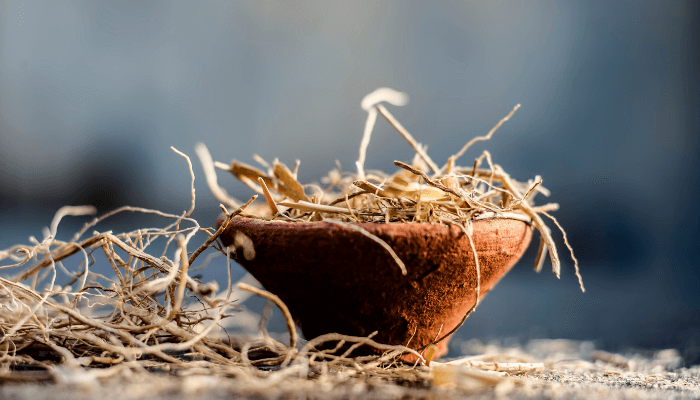
Dosage Instructions
The sufficient regular dosage of Khus root Powder is ½ – ¼ teaspoons twice a day and shouldn’t exceed that.
Khus root powder should ideally be taken with honey or water after lunch and dinner twice a day.
Points to Remember
Breastfeeding women shouldn’t use khus root powder under any circumstances. Khus root powder can lead to miscarriage. Therefore, pregnant women should avoid using it.
It is now evident that all the claims about khus root being a miraculous herb are true. Although easily available in markets and can also be made at home, khus root powder tackles more than one problem area, as discussed above. Therefore, if you’re already not making the most of khus root powder’s purposes, now is the time to alter that.

